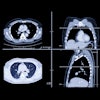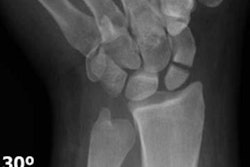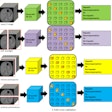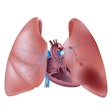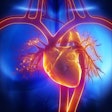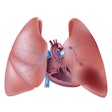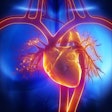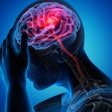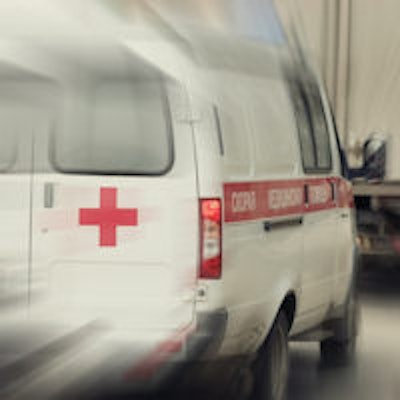
In all trauma cases, there is a higher incidence of upper cervical fractures compared with lower ones, and pedestrians involved in fatal accidents are far more likely than cyclists to suffer a cervical fracture, Swiss researchers reported at RSNA 2014.
Also, pedestrian victims of road traffic accidents have the highest risk of presenting with pelvic and acetabular injuries, followed by cyclists and motorcyclists.
 Dr. Christian Jackowski, who specializes in CT and MR postmortem examinations.
Dr. Christian Jackowski, who specializes in CT and MR postmortem examinations."Knowledge of the distribution and patterns of spinal fractures with respect to the type of accident helps the radiologist to support the emergency physician in prioritizing trauma patients and their therapeutic needs," noted Dr. Yanik Bütikofer, Dr. Christian Jackowski, and colleagues from the Institute of Forensic Medicine at the University of Bern in an e-poster presented at RSNA 2014.
The group studied the distribution and patterns of spinal fractures related to different traumatic mechanisms in postmortem CTs. They gathered epidemiological data about the cause of injury and evaluated the incidence of spinal fractures.
A total of 321 native postmortem CT scans of traumatic accidents between 2005 and 2013 were retrospectively evaluated. The types of traumatic accidents were divided into six groups: motor vehicle accidents (42), bicycle accidents (33), motorbike accidents (39), trauma involving pedestrians (47), falls from a great height (100), and others (60).
All spine fractures were subsequently classified according to the AO Foundation's Comprehensive Classification from 2013:
- A1/Wedge-compression: fracture of a single endplate, without involvement of the posterior wall
- A2/Split: fracture of a single endplate, without involvement of the posterior wall
- A3/Incomplete burst: fracture with involvement of the posterior wall; only a single endplate fractured
- A4/Complete burst: fracture with any involvement of the posterior wall and both endplates
- B1/Transosseous tension band disruption/Chance fracture: monosegmental pure osseous failure of the posterior tension band
- B2/Posterior tension band disruption
- B3/Hyperextension: injury through the disk or vertebral body leading to a hyperextended position of the spinal column
- C: Displacement or dislocation
From a total of 359 fractures, 21.75% were atlanto-occipital fractures, 12% upper cervical fractures, 14.5% lower cervical fractures, 31.75% thoracic fractures, and 20% lumbar fractures.
In all trauma types, there is a higher incidence of upper cervical fractures compared with lower cervical fractures, the researchers found. Pedestrians are more likely to suffer a cervical fracture compared with the other accident types, especially compared with bicycle accidents, in which victims are most likely to suffer a thoracic vertebrae fracture.
Pelvic fractures
Another RSNA e-poster by the Bern group focused on postmortem CT of pelvic and acetabular fractures after various types of road traffic accidents. The team sought to determine the fracture patterns of pelvic and acetabular fractures in postmortem CT in relation to different types of impact and involved vehicles, including pedestrians.
They evaluated 173 native postmortem CT scans of traffic accident victims between 2005 and 2013. Only human versus vehicle types of accident with pelvic and acetabular fractures were included in the study, leading to four groups: A.) pedestrians run over by cars (10), B.) pedestrians hit but not run over by cars (17), C.) cyclists versus cars (10), and D.) motorcyclists versus cars (10).
Fractures were classified according to the AO Comprehensive Classification (61 and 62). AO categories A and B (no indication for immediate treatment) were compared with category C (immediate treatment indicated).
According to the AO classification, 24 of the 47 victims presented with class C (unstable) fractures. Group A (pedestrians run over) presented with a high number of class C fractures (eight of 10). There were decreasing rates of class C fractures in groups B, C, and D. Pedestrians run over by cars have the highest risk of presenting with pelvic and acetabular injuries with indication of immediate treatment, followed in a decreasing manner by pedestrians hit by cars, cyclists versus car, and motorcyclists versus cars, the researchers wrote.
"By knowledge of the distribution and patterns of pelvic and acetabular fractures with respect to the type of accident, the radiologist may support the emergency physician in prioritizing trauma patients and their therapeutic needs," stated lead author Dr. Levent Kara.
